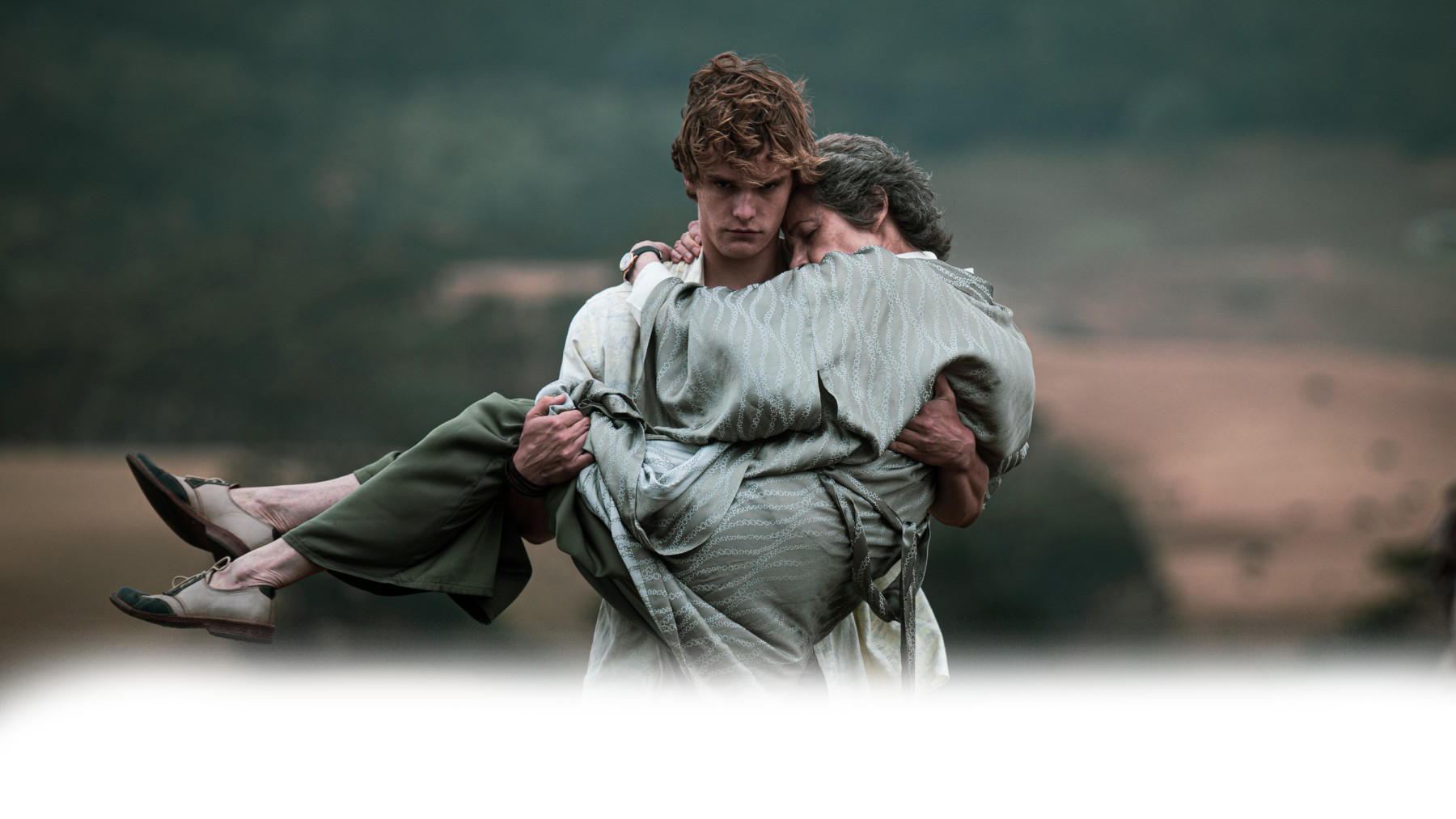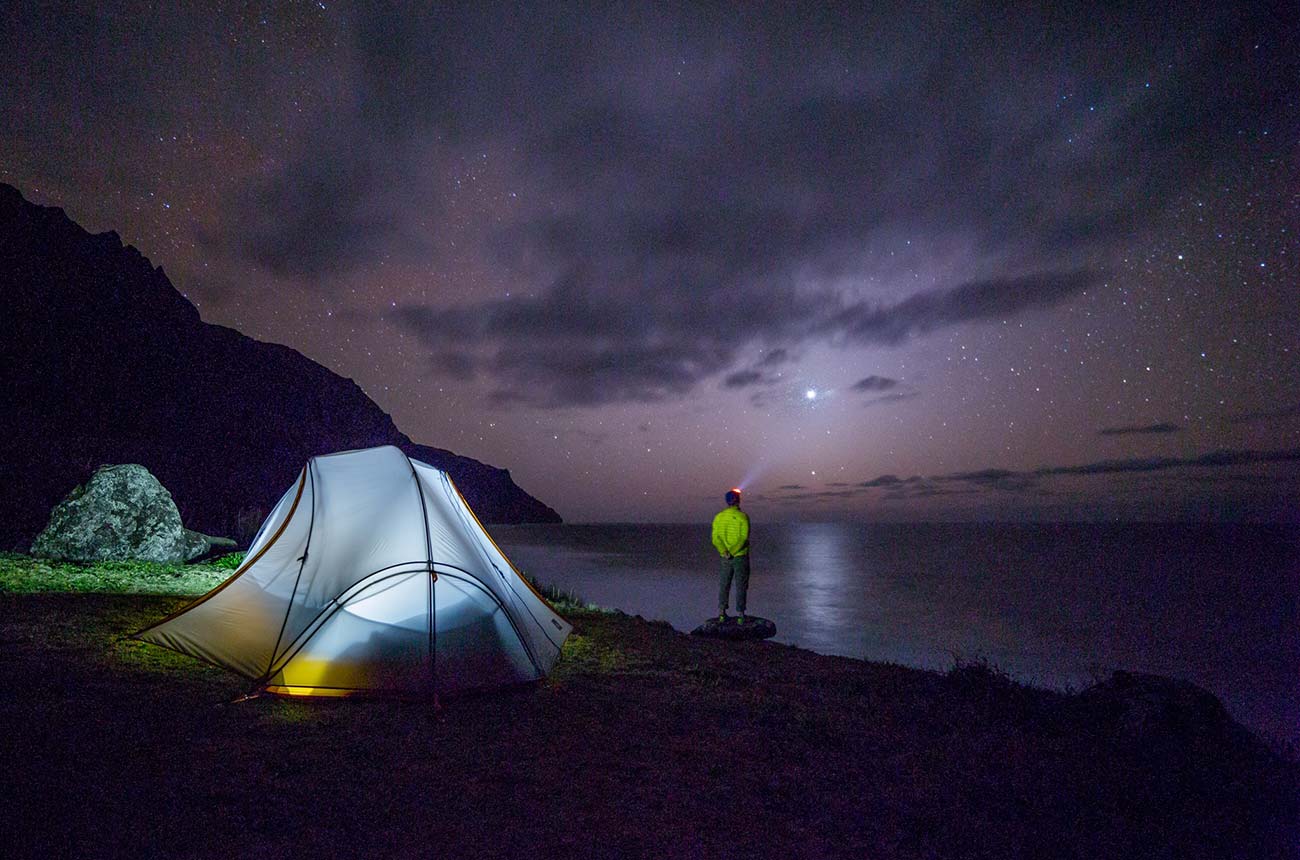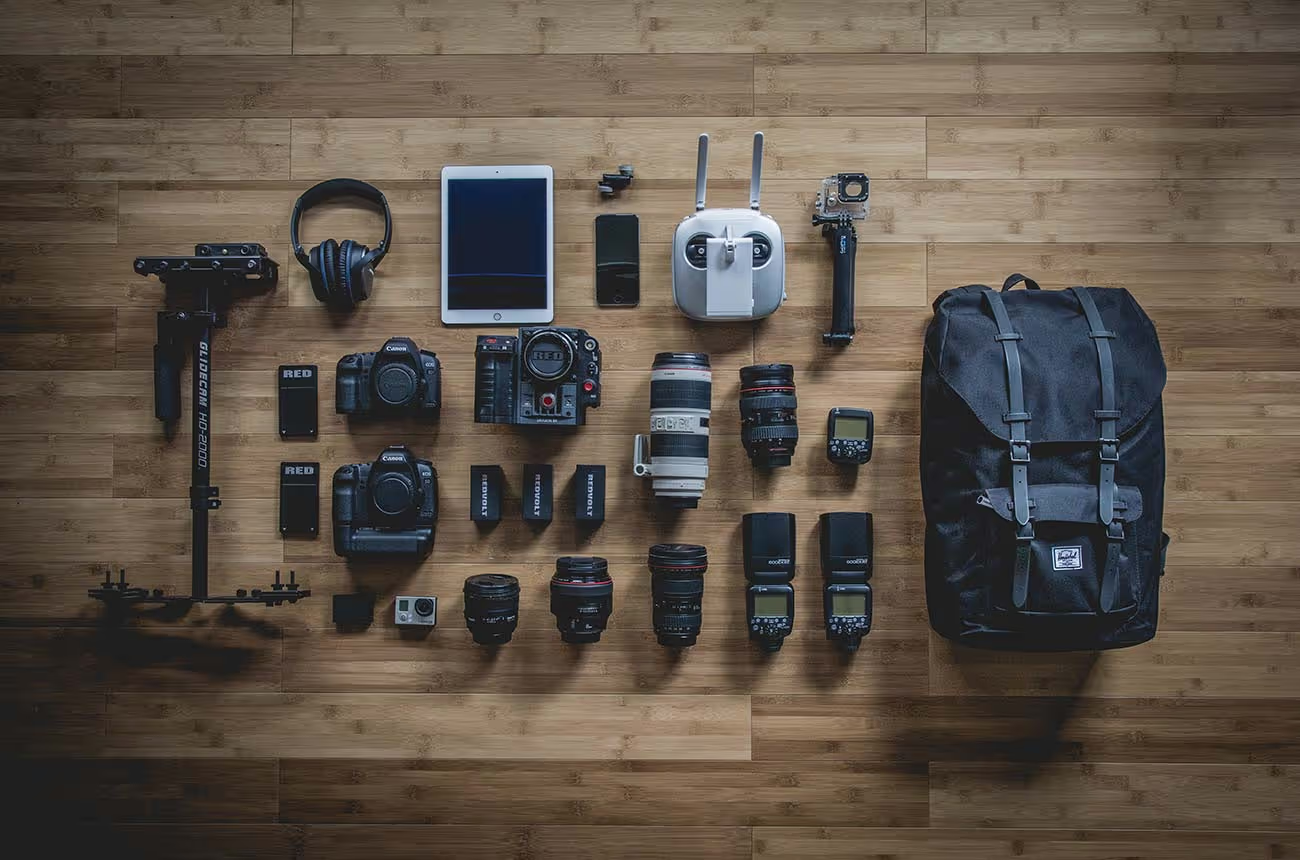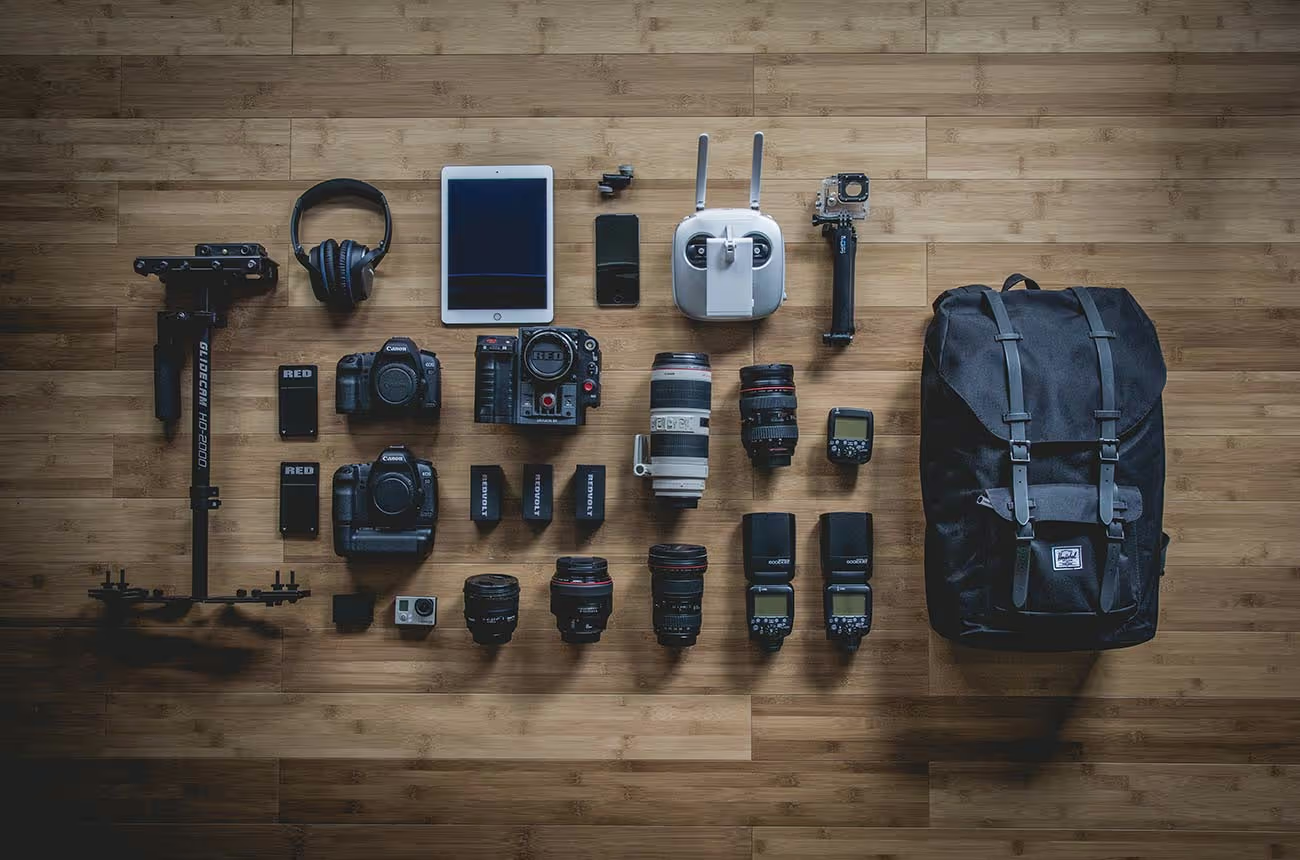
Introducing (as Though we Needed to)... Queenstown Cameras
“He was the grandson of an Auckland mayor. I was blue collar. We were such an odd couple.”
Brett Mills doesn’t tell stories; he tells sagas. And on a foggy winter’s day in the Southern Alps, he’s deep into a stream of consciousness epic about Ian Turtill and the origins of the Queenstown Camera Company.
Frame it one way and it’s the tale of a scrappy Kiwi startup. Frame it another, and—as the Harvard suits might say—it’s a disruptive challenge to the establishment: “Nobody wanted us to do it,” Mills notes. “The incumbents were really happy with the way it was.”
“The way it was” requires some context. At the turn of the millennium, Queenstown was emerging as a premiere filmmaking destination. Peter Jackson was trekking in the footsteps of Willow and Vertical Limit. Orcs were swarming over the hills.
Yet production companies and advertisers were still spending thousands on shipping camera packages in and out of the region. Even as they flocked to the area for the Otago light, filmmakers were without a local rental company.
Mills was watching with interest. After training as an electrician and working as a gaffer, he had spent fifteen years building up his arsenal of filmmaking gear in Queenstown. In 1987, he bought a 6K light. Then came the factory cranes, the American apple boxes, the remote head, and the grip truck.
“But the camera was the expensive bit that everyone was scared to get.”
As Mills remembers events, it was Ian Turtill who prompted him to make the jump. “Turtz” was one of the most respected camera assistants in the country, a consummate professional who knew his equipment inside and out.
This was the kind of man, one colleague recalled, who would teach his clapper loader how many screws there were in an Arri 1,000’ magazine. And then insist they should all be checked after every helicopter trip.
“Ian said to me: ‘When are you going to get a camera?’ And I said: ‘When I find the right partner.’ Ian said: “I’ll be your partner.’”
Around the same time that Turtz and his son, Paul, agreed to be co-owners, Mills received a booklet on “Disruptive Innovation” from the Harvard Business Review. It argued that a small company who could move quickly and make swift decisions might have a competitive advantage over the big boys—especially in new markets.
“And I thought, ‘oh, man, that’s what we’re doing.’ We’d assessed that 70% of our work was Korean. All they wanted was a basic camera, basic lens package, and the zoom. And all the main players in New Zealand in the line production sector were adamant and vehement that they wouldn’t use us.
“But the Asian companies were the ones who were most encouraging. The whole camera world in those days was old-school and the Koreans and Japanese weren’t. They were always asking us: ‘Why don’t you have a camera?’”
In 2002, the Queenstown Camera Company bought its first ARRI 435 and connected the missing link in the Southern equipment chain.
“I remember the day when a director said to me: ‘Queenstown is now turnkey.’ You could arrive in town, hire everything, and go out to shoot. All of a sudden, one-day jobs in Queenstown became totally feasible.”
The move didn’t exactly win them friends with major camera suppliers. Undeterred, Mills and the Turtills focused their attention on the bread & butter of the Asian advertising market and kept an eye on developments in digital. When ARRI released the Alexa in 2010, Queenstown Camera Company had two in stock by Christmas. Turtz called it the day that film died.
“All of a sudden, we had a camera that was digital, intuitive, and friendly to film professionals,” Mills recollects. “Within thirty seconds of getting that camera, a DP could work with it. They just went out the door.”
Off the back of the Alexa, business prospered. Though they made the occasional pricey mistake, Queenstown Camera Company also made a name for itself as an outfit that catered to technicians.
“We spent the money on equipment. When [the head of ARRI Australia] did come and visit us and met Turtill, he said we were one of the best camera companies ever, no question.”
It’s at this point in the interview that Mills—a Southerner not given to public displays of emotion—begins to tear up. The unexpected death of Turtz in 2014 meant the loss of an understanding and respected colleague. There was a parting of the ways with Turtz’s son and a buyout that left Mills alone and in charge.
He responded by sponsoring the NZCS Turtz Award for contributions to cinematography and doubling down on ARRIs and high-end lenses. Though he still insists his old partner has a say in business decisions: “Even today, if we’re at a crossroads, we ask ourselves: ‘What would Turtill do?’”
According to Mills, the answer to this question varies from year to year. As a boutique operation, the Queenstown Camera Company doesn’t have the funds to stock every option on the block. So Mills continues to pay attention to the market.
He’s just bought the latest Cooke LF anamorphic for the Aussies; he’s refurbishing old favourites in Germany; and he’s encouraging creatives to make films in the area. Pay a visit to his IMDB profile and you’ll see how many Otago stories he’s supported in the past decade. [Full disclosure: this author is one of those filmmakers.]
Mills knows he’s a man of decided opinions (just ask him). But he’s also a working-class Kiwi who grew up under the shadow of the Remarkables. And he wants DPs and directors to shoot in his hometown.
For him, that desire equates to a simple business model. Provide the “best of the best” in equipment and foster a community of local crew. If there are gaffers and grips and top-notch cameras available, then people can hire them. That’s how filmmaking works.









































